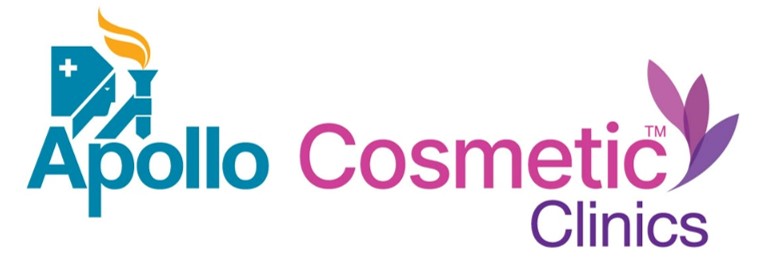Scar removal is quite helpful to a patient’s state of well-being, provided everything is analyzed and cleared beforehand. Skin surfaces are extremely sensitive and even a small tear can develop into a potential scar. That said, not every scar is equal.
There are certain types of scars that need medical intervention, which is why scar removal treatment comes across as a powerful, remedial process.
The Basics of Scarring
It might be a surprise to many, but scarring is a natural healing process, post-injury. While the end appearance might look frustrating at times, scars indicate that the body is healing itself. In addition to the extent of the injury, the size and spread of scar are also determined by gender, ethnicity, and even the genes.
Before moving any further into this discussion, we need to understand the types of scars, eventually leading to the existing treatment options:
- Contracture Scars— These scars result out of skin burns and often lead to skin tightening and impaired mobility. Moreover, these are the only type of scars which have deep-seated effects on nerves and muscles.
- Keloid Scars– One can easily relate these scars to body’s aggressive way of healing itself. However, if unattended, these scars can also hamper overall movement, which might eventually require remedial measures like silicone sheets or steroid injections.
- Acne Scars— These are the most common form of scars caused due to excessive acne. If left ignored, the scars can develop into deep pits or angular irregularities.
- Hypertrophic Scars— These are similar to keloid. Injuries might not be the only reason behind its occurrence.
Scar Removal Treatment: Details
Now that we have addressed the types of scars, we will learn more about the scar removal treatment options. The scar removal strategies depend on the type of scar, as mentioned in the preceding sections:
Creams, gels, and ointments
These are some of the best over-the-counter treatment options available for minimizing the size, spread, and effect of scars. A majority of these creams and medicinal ointments are often prescribed by doctors as a part of the post-operative care. Apart from that, these over-the-counter options are also suitable for treating keloid and acne scars to a considerable extent.
Injections
Steroid injections are some of the most potent scar removal treatment options, perfect for hypertrophic and keloid scars. Mostly, injections are used when the concerned physician is looking to minimize the after-effects of a recently concluded procedure that resulted in scar development.
Surgical Procedures
While treating deeper scars is usually at the discretion of the concerned medical practitioner, there are certain surgical procedures needed in case of existing complications. Some of the most effective techniques include excision, skin grafts, dermabrasion, and even laser surgeries. Although most of these procedures require expert advice and can be time-consuming, surgical approaches can treat the scar completely. One such example is skin grafting treatment where skin tissues from one part of the body are used to hide the scars, via surgical procedures.
It must be understood that almost every scar removal treatment plan comes with a considerable downtime. Therefore, if the scars have resulted out of a previous treatment like a facelift or a cosmetic surgery, it is advisable to wait for some time and allow the scars to heal and disappear naturally.

